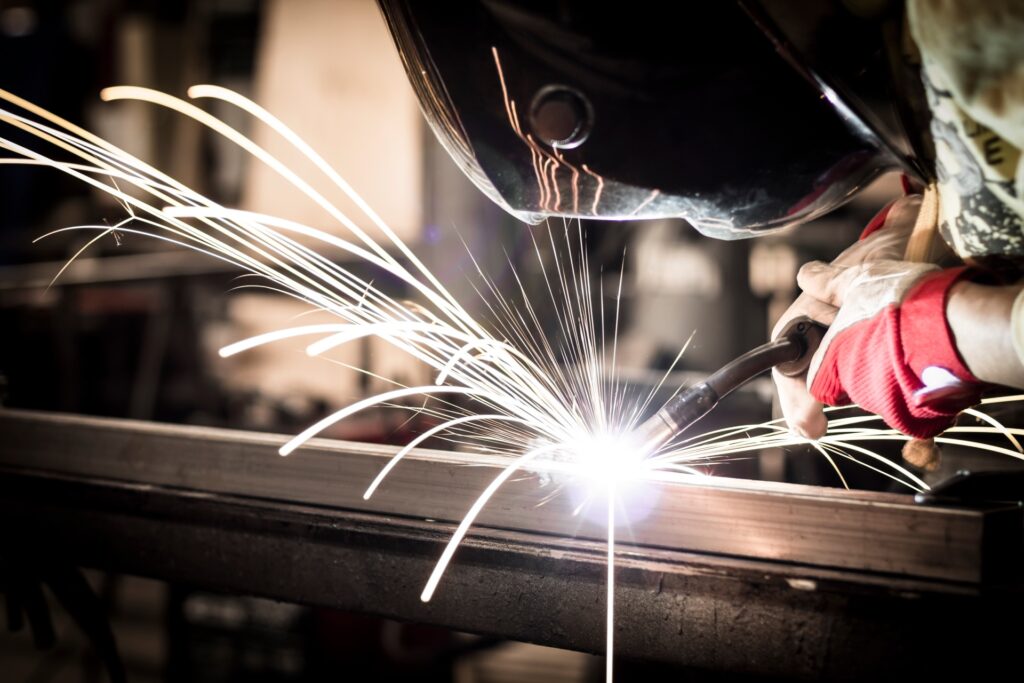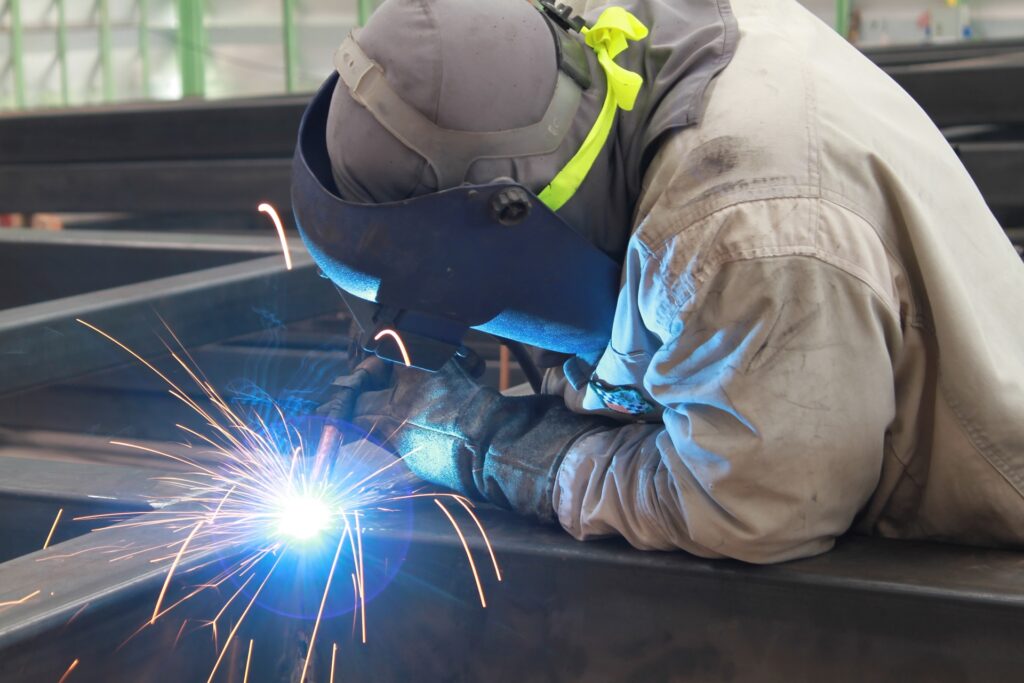One of the most useful skills when it comes to working with metal is welding and it’s a skill that’s only gotten more valuable. Not only are there different tools to weld, but different methods too. Below, we break down what you need to know about welding steel and how to do it in a variety of ways.
The Different Types of Welding
Welding Steel Through MIG Welding
Metal inert gas (MIG) welding, is generally one of the easiest ways to learn how to weld. It’s considered an arc welding process in which a continuous solid wire electrode is fed through a welding gun and into the weld pool, joining the two base materials together.
Typically, it’s used in the construction, automotive and marine manufacturing and repair sectors. However, it’s also a common way for hobbyists, farmers, and car enthusiasts to get into welding and constructing or modifying objects as they need.
Welding Through TIG Welding
Although more popular, tungsten inert gas (TIG) welding is a more advanced version of welding that tends to be much more difficult. However, it’s highly useful for lightweight welds that are most commonly used for both bicycle and aircraft manufacturing.
Welding Steel Through FCAW Welding
Another way to weld steel is through flux-cored arc welding (FCAW) welding. Highly similar to MIG welding, however through this method the hot wire can produce shielding agents on its own. As a result, this makes this kind of welding versatile and easier to master. One of the main applications of this kind of welding is construction projects as it can be practiced outdoors.
Welding Through Shielded Arc Metal Welding
Shielded arc metal welding (also known as stick welding) is one of the most affordable types of welding as the materials used to weld are relatively inexpensive. However, while this method of welding is versatile, the durability of these welds is lower than the other types of welding mentioned previously.
Quick Tips for Welding Mild Steel Through MIG Welding
- To ensure your arc is normal, maintain a stick-out of 3/8 inch and listen for a sizzling bacon sound. A “stick-out” is the length of an unmelted electrode extending from the tip of the contact tube and it does not include arc length. If your arc doesn’t sound like sizzling bacon, it could be that your stick-out is too long and needs to be shortened a little.
- Make sure to check your travel angle. “Travel angle” is the angle relative to the gun in a perpendicular position. You want this angle to be between 5-15° for all positions. Anything beyond 20-25° can cause more spatter, less penetration, and general arc instability.
Overall, welding comes in a variety of different forms that all have their own benefits and drawbacks that are useful for some situations more than others.

